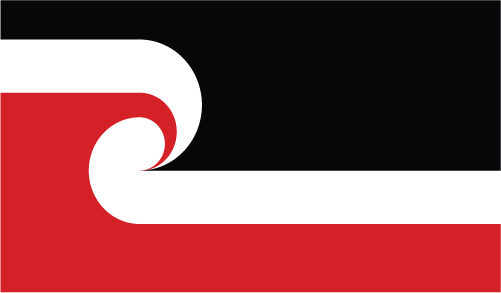Fibre content labelling
Clothing or fabric products must have labels that list the fibres, and the percentages or amounts of the different fibres, in the product.
Providing this information helps to ensure consumers have accurate information about the fibre content of the clothing or textiles and can make sure the goods are correctly used and cared for.
What is the consumer information standard for fibre content labelling?
Consumer Information Standards (Fibre Content Labelling) Regulations 2000 (Regulations) set sections of AS/NZS 2622:1996 Textile products – Fibre content labelling with appropriate amendments as the official standard that suppliers of new textile goods must comply with.
What goods do the rules apply to?
Most textile goods such as clothing, socks and hosiery, fabrics and carpets must be labelled with fibre content information.
Some textile goods are excluded from the labelling requirements, including:
- second-hand goods
- footwear and textile materials used in the manufacture of footwear (eg, insoles)
- goods made up from fabric selected or provided by the customer
- belts, corsets, handkerchiefs, hats, household cloths
- miscellaneous goods such as artificial flowers, bags and cases, shoelaces and toys.
Who do the rules apply to?
If you supply, offer to supply or advertise the supply of new textile goods, you must comply with the requirements.
This includes goods for sale:
- in a shop
- on online auction sites
- at markets or stalls.
What are the fibre content labelling requirements?
The label or marking must be in English, clearly readable and not less than 1.5 mm high. It must be easily accessible for you to read.
The label should include a list of the fibres used from the highest amount to lowest amount, and may include percentages, for example:
- 80% cotton, 20% elastane
- cotton, elastane.
The label must be a permanent label which you can see when examining the clothing. It must be on the item, or if it is not able to be seen because of the way the item is packaged, displayed or folded, it should also be on a removable label or the packaging.
Some goods (such as baby bibs, hosiery and household cleaning cloths) do not need a permanent label but they must still provide fibre content information on a removable label or packaging.
Textiles, such as linings or pillow fibre fillings, need specific fibre content labelling. For more information, see the Standard AS/NZS 2622:1996 Textile products – Fibre content labelling.
Other standards which can assist in providing accurate fibre content labels are:
- Labelling of clothes, household textiles and furnishings (AS/NZS 2392:1999)
- Textiles – Natural and man-made fibres – Generic names (AS/NZS 2450:1994)
What other labels are required?
- New clothing and footwear requires country of origin labelling.
- Any type of clothing, household textile or furnishing needs a care label.
- Children's nightwear must have a fire hazard label.
Complying with the standard
It is your responsibility to ensure the goods you supply have the correct fibre content labels. You cannot assume that goods comply with the standard and the regulations because they have been offered for sale to you by a manufacturer or wholesaler.
If you have any concern that the goods you supply are not carrying the correct fibre content labels, ask your supplier for more information about the tests the goods have been put through to check the fibre content or you can arrange for the fibre to be tested to assure yourself that labels and descriptions supplied by manufacturers are accurate.
If you sell an item with no fibre content label or an incorrect one, you will have breached the Fair Trading Act. It is an offence under section 28 of that Act to supply, offer to supply or advertise to supply textile goods without a fibre content label.
We enforce the Fair Trading Act, and may issue you with an infringement notice requiring you to pay a fine of up to $1,000. Alternatively we may take a prosecution against you in Court if you breach the Act. Companies can be fined up to $30,000 for each breach of the Act. Individuals can be fined up to $10,000.
It is also an offence to make a false representation or mislead your customers about the fibre content of the goods you have for sale. For example, you will breach the Fair Trading Act if you advertise a sweater labelled as pure wool when it is made from a wool/acrylic blend. These offences have higher maximum fines. Companies can be fined up to $600,000 for each breach of the Act. Individuals can be fined up to $200,000.
Who sets the consumer information standards?
The consumer information standards are set by Standards NZ or equivalent overseas agencies. You can purchase a copy of any of the standards from Standards New Zealand by calling 0800 782 632 or visit www.standards.govt.nz. You can access the Regulations and the Fair Trading Act online at the government’s legislation website www.legislation.govt.nz. The information on this website is free.
Read more about fibre content labelling, or go to the Standards New Zealand website to buy the standard.
Read more in our Fibre content labelling fact sheet PDF (5 MB)